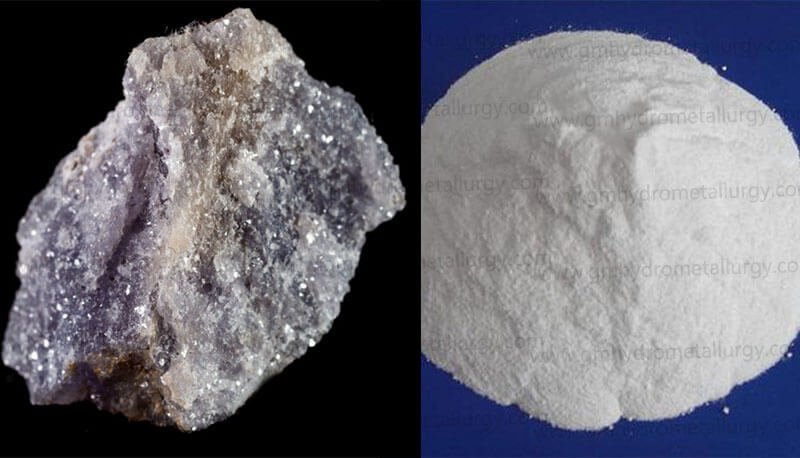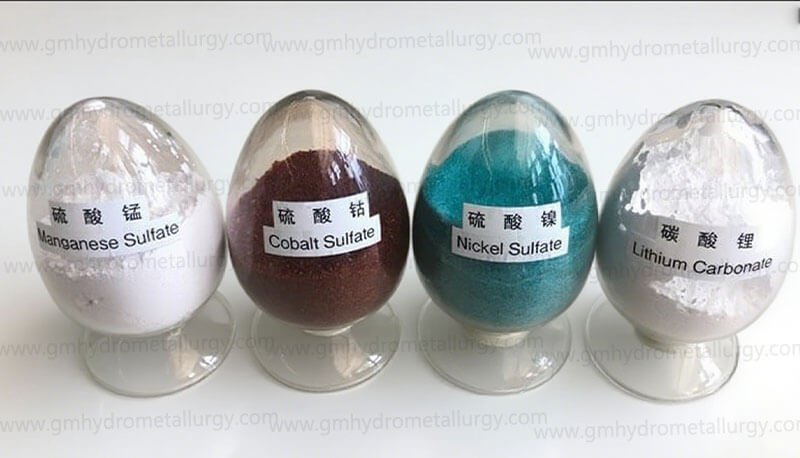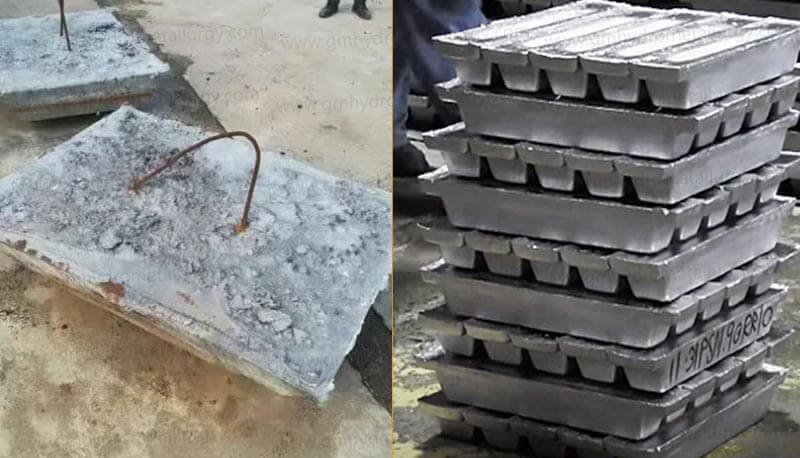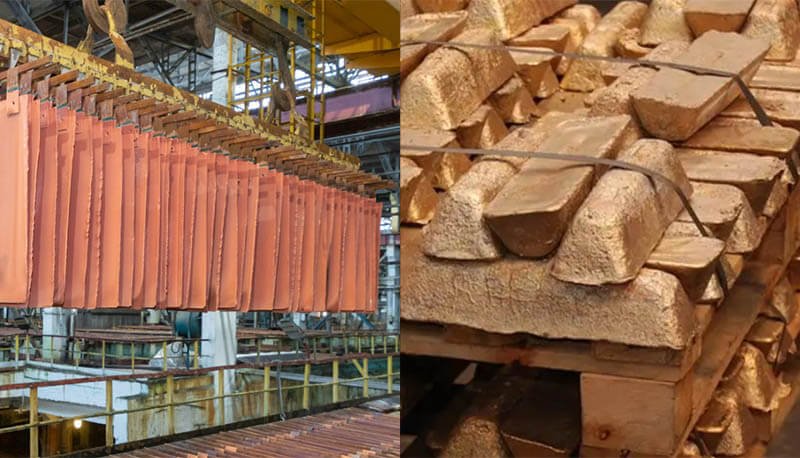Do you know the difference between the pyrometallurgical vs hydrometallurgical section in lithium extraction from lepidolite? In the field of metallurgy and chemical extraction, particularly for metals such as lithium, cobalt, nickel, and rare earth elements, the entire process is typically divided into pyrometallurgical and hydrometallurgical sections.
Pyrometallurgical vs Hydrometallurgical Section
Pyrometallurgical Section
Characteristics: Pyrometallurgical Section
Core Principle: Solid-phase chemical reactions at high temperatures
Reaction Environment: High temperature, dry conditions
Main Operations: Roasting, sintering, smelting
Energy Consumption: High energy consumption (fuel, electricity)
Key Equipment: Rotary kiln, tunnel kiln, smelting furnace
Primary Purpose: Conversion and activation—transforming target elements into extractable forms
Role in Lithium Extraction from Lepidolite: Front-end pretreatment
Hydrometallurgical Section
Characteristics: Hydrometallurgical Section
Core Principle: Utilization of chemical property differences in aqueous solutions
Reaction Environment: Room temperature or moderate temperature, aqueous solution
Main Operations: Leaching, precipitation, extraction, ion exchange, crystallization
Energy Consumption: Low energy consumption (stirring, pumping) but high chemical consumption
Key Equipment: Reactor, agitation tank, extraction mixer-settler, filter press, evaporator
Primary Purpose: Separation and purification—obtaining high-purity products
Role in Lithium Extraction from Lepidolite: Back-end refining and purification
Comparative Summary: Pyrometallurgical vs Hydrometallurgical Sections in Lithium Extraction from Lepidolite
In simple terms, the pyrometallurgical method acts as a “game-changer,” using high temperatures and forceful methods to break down the stable structure of the ore, paving the way for subsequent extraction. The hydrometallurgical method, on the other hand, serves as a “refiner,” employing precise chemical techniques to achieve highly selective separation and purification in aqueous solutions, ultimately yielding qualified products.
In lithium extraction from lepidolite, as well as in most modern non-ferrous metal extraction processes, the pyrometallurgical and hydrometallurgical sections are not mutually exclusive. Instead, they are interconnected and complementary, working together to form a complete extractive metallurgy process.







